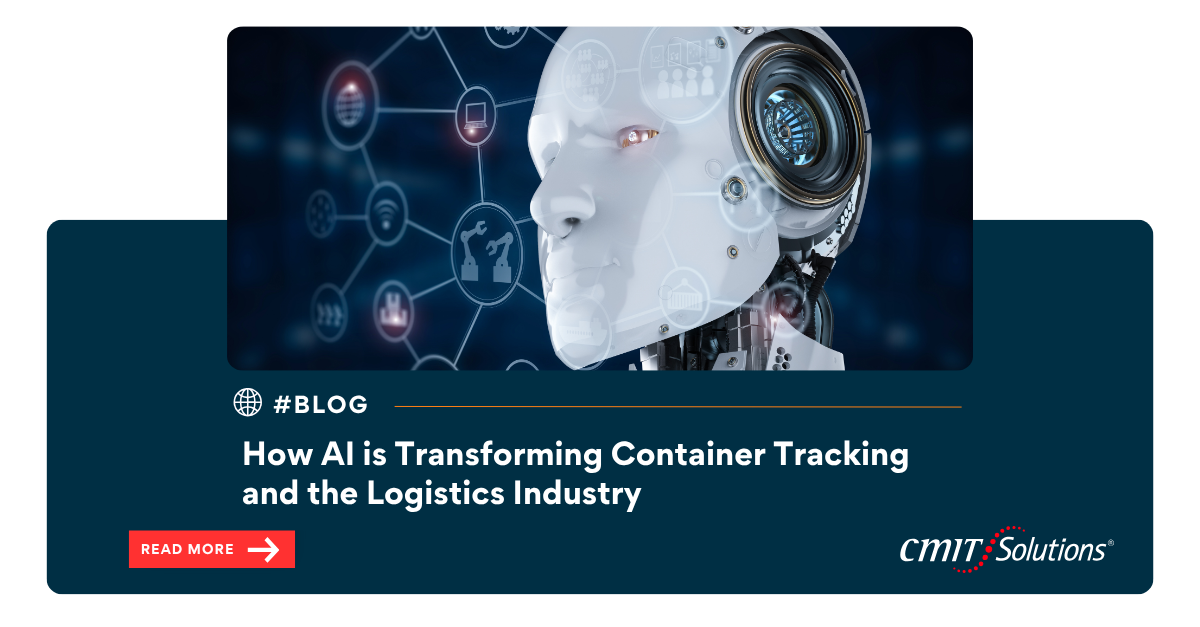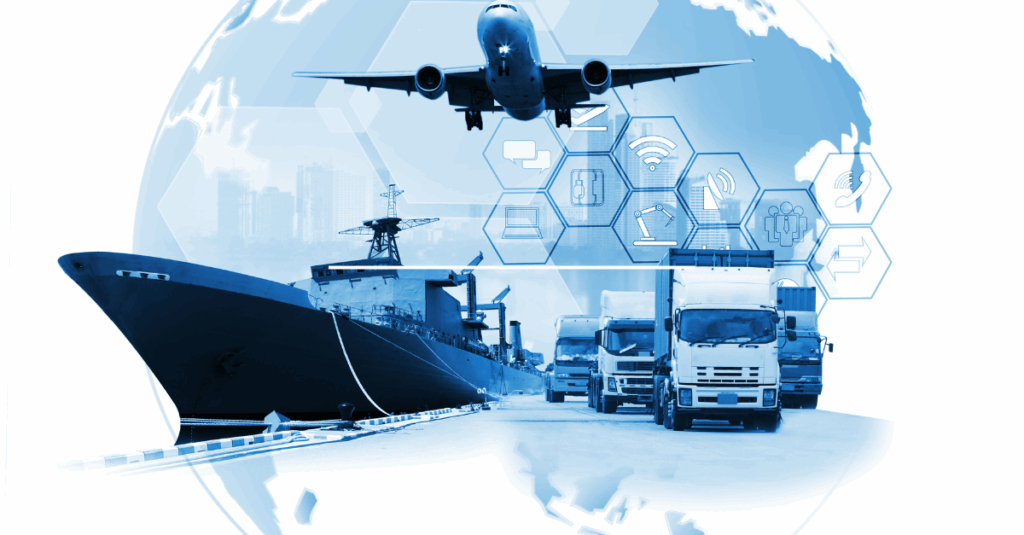Ever wonder how your international order arrives at your doorstep with such efficiency? Behind the scenes, the logistics industry is undergoing a silent revolution powered by Artificial Intelligence (AI). Gone are the days of manual tracking and delayed deliveries. Today, AI-powered container tracking applications are driving real-time visibility, predictive analytics, and smarter logistics management.
According to Markets and Markets, the AI-driven supply chain market is expected to grow from USD 14.49 billion in 2025 to USD 50.01 billion by 2031, expanding at a CAGR of 22.9%. For small businesses and large-scale enterprises alike, AI is rapidly reshaping logistics into a more intelligent, responsive, and cost-effective operation.

5 Key Benefits of AI in Container Tracking
AI container tracking applications are changing how logistics teams operate. Here are five ways this technology adds immediate value:
1. Real-Time Container Visibility
AI-enabled tracking tools provide accurate, real-time updates on container location, condition, and expected arrival times. This improves route transparency and allows logistics professionals to gain full visibility across operations.
2. Operational Efficiency and Cost Reduction
By predicting and preventing delays, AI helps companies avoid unnecessary fees and maximize IT investments with cloud-driven logistics tools. This saves time, money, and human effort.
3. Intelligent Exception Management
Instead of manually scanning every shipment, AI systems highlight only outliers—containers that are significantly off-track. This enables quicker responses to high-priority issues and supports data-backed decision making.
4. Enhanced Inventory Accuracy
AI improves inventory planning by monitoring movement and usage trends across all channels. With this clarity, logistics teams can better control stock levels and reduce waste or overstock.
5. Better Customer Experience
Providing real-time shipment updates empowers customers with transparency. This not only builds trust but also elevates customer engagement, which is crucial in today’s service-driven economy.
Real-World Use Cases of AI in Logistics
Route Optimization
AI considers variables like traffic, weather, and fuel consumption to identify the fastest, most efficient delivery routes. This mirrors the emerging tech trends adopted by logistics leaders like UPS, who saved 100 million delivery miles with AI-driven systems.
Inventory Forecasting
With AI, businesses like Amazon accurately predict demand and adjust inventory accordingly. This technology also helps companies maximize their budget and streamline fulfillment.
Predictive Maintenance
AI can forecast mechanical failures by analyzing sensor data in vehicles and warehouse machinery. Tools like these are similar to strategies that enhance cybersecurity resilience by addressing issues before they escalate.
AI Chatbots and Virtual Assistants
From shipment updates to customer queries, AI-powered chatbots reduce response times and enhance service efficiency. Logistics companies are increasingly adopting such solutions to support scalable customer communication.
AI and Unified Communication in Logistics
Integrated communication is critical in logistics. AI tools can streamline collaboration across departments, vendors, and customers. By integrating AI with unified communication strategies, businesses ensure that the right data reaches the right stakeholders instantly—driving faster decision-making.
Strengthening Cybersecurity with AI in Logistics
The increasing digitization of supply chains calls for enhanced security protocols. AI can detect unusual access patterns and secure sensitive logistics data. Businesses are turning to AI-driven tools to counter evolving cyber threats and protect IAM data, reducing the risk of data breaches.
Enabling Smarter Networking and Partnerships
AI is not just optimizing operations but also enabling smarter business development. With tools for pattern recognition and behavioral analytics, logistics firms can identify optimal partners and growth opportunities. These insights complement B2B networking strategies and event preparation in the industry.
Client Spotlight: How AI Transformed Liladhar Pasoo’s Logistics
Liladhar Pasoo, one of India’s largest logistics providers, partnered with Intelegain to build an AI-based container tracking app for iOS and Android. This app integrates seamlessly with internal ERP systems, providing predictive alerts, real-time location data, and intuitive analytics dashboards.
The result? Improved operational efficiency, enhanced customer satisfaction, and better data-driven decisions across the supply chain—a real-life showcase of what happens when AI meets industry-specific challenges.
Why AI is the Future of Logistics
AI brings automation, speed, and intelligence to an industry that thrives on timing and precision. It supports small businesses in:
- Reducing operational risks
- Increasing delivery accuracy
- Enhancing real-time decision-making
With solutions like AI-powered container tracking, companies can fortify their logistics IT strategy and navigate disruptions more smoothly.
Don’t Get Left Behind: Take the Next Step
AI isn’t a future concept—it’s already improving operations in shipping, supply chain, and transportation. But success lies in strategic implementation. That’s where we come in.
At CMIT Solutions of Oak Park, Hinsdale & Oak Brook, we help businesses:
- Evaluate AI-readiness
- Secure systems from emerging cyber threats
- Deploy AI tools that deliver real results
- Build resilient IT infrastructures
Want to transform your logistics and container tracking operations with AI? Contact us today and discover how the right tools and guidance can give your business a competitive edge.






